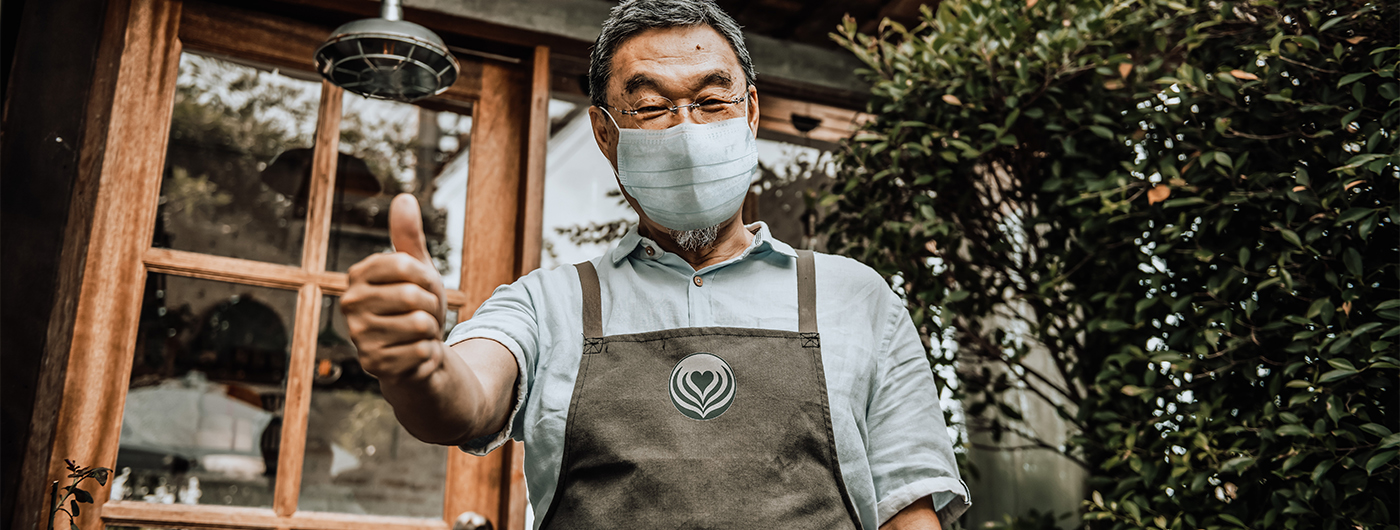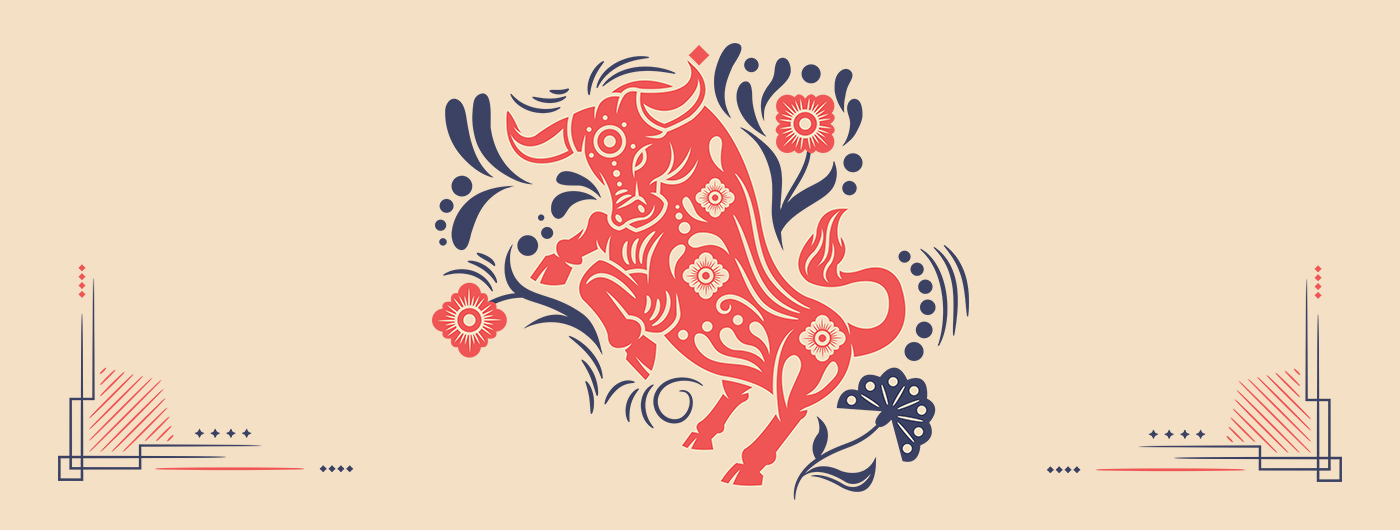

The Coffee Farm Dedicated to Ensuring the Future of Coffee
The high-quality coffee so many of us love is getting harder and harder to grow. Especially for the small farmers that make up the majority of the world’s producers. They’re dealing with rising production costs, weather change and diseases like coffee rust that can devastate an entire crop.
To better understand these challenges, and how to help these farmers, Starbucks put itself in their shoes. In 2013, the company bought its first coffee farm: Hacienda Alsacia in Costa Rica.
The mission of the farm isn’t to supply Starbucks with coffee. It’s to help ensure the future of coffee — for everyone.
One farm. Big stakes.
There’s a reason for this urgency. Around 97% of the world’s specialty coffee farmers are smallholders (less than 12 hectares) with limited resources in countries like Rwanda, Mexico and Indonesia. Many are on the verge of not being able to support themselves.
To help farmers, and ensure the future of coffee, the mission of Hacienda Alsacia is clear: apply best practices to make growing coffee more profitable; develop the next generation of disease-resistant, quality coffee; and share it all with farmers around the world.
Hacienda Alsacia

Located on the slopes of the Poás Volcano in Costa Rica, the 240 hectare farm has become Starbucks global agronomy headquarters.
Leading by Example
When Starbucks bought Hacienda Alsacia the farm was in a pristine location, but it was in extremely poor shape. Pouring money into the farm would have fixed it — but it wouldn’t have done a thing to help farmers who don’t have access to those kinds of resources.
To create a working model for small growers, Hacienda Alsacia had to be renovated carefully, with the same approach to planning and investment that would be reasonable for a farmer to apply. To do that, Starbucks hired one of the best farm managers, Victor Trejos.

Farming is Victor’s passion and it shows. Within a few short years he’s taken Hacienda Alsacia from a failing farm to a model of sustainable farming.

Backed by the credibility of these results, Starbucks is able to apply the practices developed at the farm to help growers around the world improve their own farms.
As Victor says, “I can show them how we have been doing things. How we have been planting, how we fertilize, soil tests… And how they can do the same.”
Future-Proofing Coffee
The second challenge of Hacienda Alsacia is perhaps even more ambitious: to develop new varietals of arabica coffee trees that are both resistant to diseases like coffee rust — which has caused significant setbacks in recent years — and deliver the quality that specialty coffee demands.
That’s where Carlos Mario Rodriguez comes in. As Starbucks director of global agronomy, Carlos Mario is one of the world’s most respected agronomists, most recently recognized by Fast Company as one of the “Most Creative People 2016.” He oversees Starbucks Farmer Support Centers around the world, and heads all research at Hacienda Alsacia.

Ten hectares of the farm is dedicated exclusively to research and development. The focal point is the nursery, where through selective breeding, Carlos Mario is creating these new varieties of coffee.
Carlos Mario’s trees are highly resistant to diseases like coffee rust and also have remarkable quality too. The goal is to develop several hybrids that will be both delicious and hearty enough to thrive in the future.


Sharing with the Industry
When Starbucks says they’re sharing what they learn at Hacienda Alsacia with the industry, they mean everything from best farming practices to new varieties of arabica. Even the new hybrid seeds being developed by Carlos Mario are given away.
This is partly because of the company’s own self-interest. As a business, they need to ensure the supply of quality coffee into the future. But it goes beyond that, to a long-term commitment to the success of coffee communities around the world.
Visiting Hacienda Alsacia
In March 2017, we announced plans to develop a visitor center at Hacienda Alsacia. It will soon offer people from around the world a first-hand look at the agronomy work we’ve been supporting and investing in for two decades.
“We have a tremendous opportunity to demonstrate what happens on coffee farms so that our customers understand the humanity and care that goes into each cup of our coffee,” said Cliff Burrows, group president of Siren Retail and Global Coffee at Starbucks. “This visitor center allows us to create a connection between the people that grow the coffee, the role our farm plays in helping to ensure their economic stability, and the stores that roast and brew it for our customers every day.”



